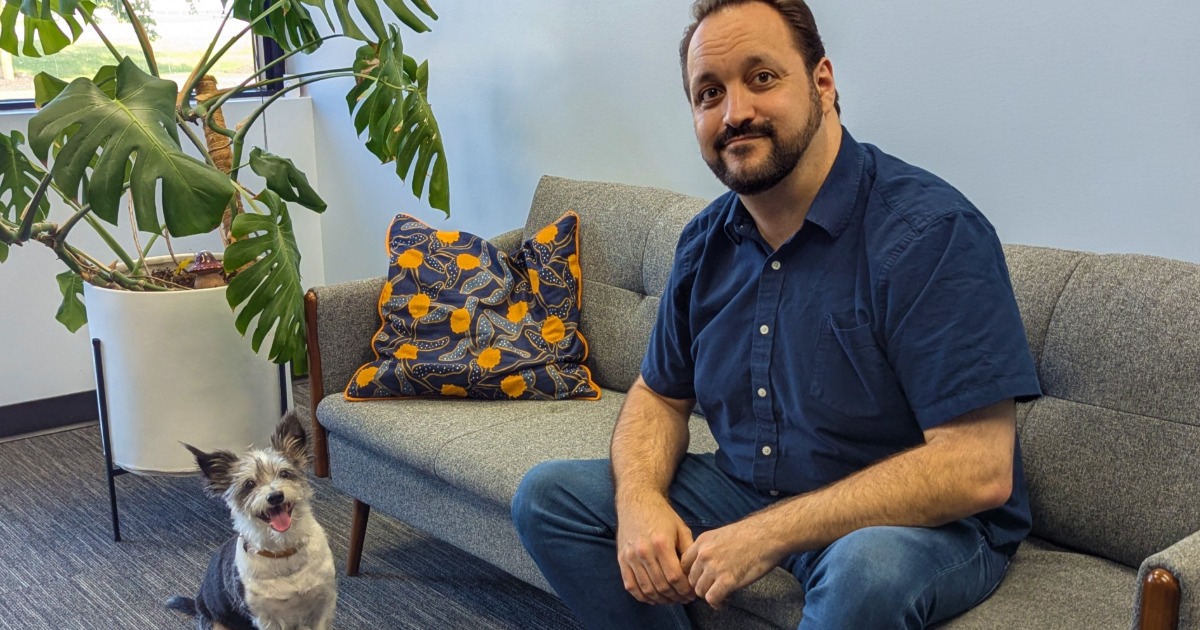Every week, it seems, the Department of Health and Human Services or a related federal agency kicks off a new developer contest or publicly declares another winner – largely in the spirit of engaging the American people by asking for their help in finding innovative new technologies.
But what of the winners, and the runners-up for that matter, after collecting their prize?
Wil Yu, HHS special assistant of innovations and research and director of ONC’s SHARP (Strategic Health IT Advanced Research Projects) program, spoke with Government Health IT about how, after writing the winner’s check, HSS is fostering innovation intended to help achieve the triple aim of patient-centered care that improves population health at a lower cost.
Q: What do the contestants get out of the entire process beyond the money?
A: Certainly, the prize money is a financial boost but oftentimes the amount of work that they may have put into development far exceeds the prize they might achieve. From a developer standpoint, one of the great ways of benefitting from a challenge effort is the recognition that one receives. While not an actual endorsement, they certainly have gone through a judging process that among a field of applicants they were the best concept or best idea to come out. This helps identify them as potential candidates to collaborate with but also helps to create opportunities in the form of test beds. One of the key challenges for early-stage health IT developers is the identification of a proof-of-concept, the ability to test their technology within a live setting, to refine it, to validate the value proposition. The process of technology development is not always aligned with the process of healthcare delivery. Whereas technology developers might need to rapidly re-develop or redeploy their technologies, a healthcare organization is likely to be a bit more conservative. There’s no equivalent to clinical trials for health IT. So for the second Transitions in Care challenge, the prize is not only a modest $5,000 but also the opportunity to test their technology in a live environment. Over a year-long trial they’ll have the opportunity to test their technology, to refine it, and thus create a stronger argument for further commercialization.
Q: And then once they win and collect the money, is HHS, ONC or any other federal agency involved beyond that point?
A: The ultimate goal for the department is to achieve better health, healthcare delivery, and at a lower cost to the consumer. We’re agnostic to which technology or innovation the system actually adopts to get us there. We support health IT and meaningful use through certified systems but by and large we don’t tell you which vendor to choose, or which product to purchase. That being said, we know that as a result of the transformation taking place in the healthcare system, it’s in the best interest of the country as a whole for those who would seek to support that transformation to have as wide a range as appropriate to help them get there. We’re trying to incentivize and support those who create the tools, services, applications to drive that change.
Q: Is part of that helping innovators understand nuances particular to healthcare?
A: What we do is try to provide clarity when it comes to various aspects of healthcare policy, understanding the landscape. That’s very much low-hanging fruit, many of these innovators do not have degrees in healthcare policy, and don’t understand the challenges the country is facing with regard to shifting demographic trends, reimbursement, the pressures being felt from various stakeholders.
[Related: HIT crowdsourcing picks up, VCs eye the winners.]
Certainly we can provide clarity and guidance on rules currently in place and those being developed, for instance meaningful use, security and privacy, understanding regulatory bodies like the FDA and their stance toward emerging technology classes such as mobile health. Just by communicating the issues around the environment, regulations, policies, I think we help the early-stage entrepreneurs in a significant way because they don’t have the resources to pull that information in themselves. Because of the variety of expertise needed to be successful in the health IT marketplace, an innovator at step one has to have expertise in a variety of disciplines, and sometimes they don’t get to step 12 or 13 until they find out they needed some nuance in their technology at step 2. We’re trying to support as much informed innovation as possible at the early stages – where the cost, risk and resources being deployed to that innovation are most dear.
Q: Thus far, it seems these contests are mainly driven by federal agencies, so it was pretty interesting to see Novartis make the $100k award to Sensei. Looking ahead, do you anticipate more involvement from the private sector?
A: We see significant involvement from the private sector, not only from private commercial efforts, academic institutions and other not-for-profit entities. The America Competes Act allows offices within the department to partner with organizations in the private sector to engage in challenges. Certainly there are rules and requirements around that, but if it’s appropriate to do so, if it’s not an endorsement of that organization or their products and services, we have the ability to partner with them in the interest of developing healthcare innovations, ultimately to the betterment of health, healthcare and lower cost.
Q: Which of those should Government Health IT be tracking this year?
A: An initial effort we just launched earlier on within our office is partnering with the University of Maryland on a challenge they’re engaged with called Innovate for Healthcare. We’ll be seeking to work with academic institutions later on this year as well as state and local government. That’s listed on Challenge.gov. There’s about $30,000 in prizes that the University of Maryland put together.
Q: At the same time I have to wonder: How might private entities benefit from conducting these app contests?
A: As far as I understand, the entities within the private sector have embraced challenge efforts for a variety of reasons. One, of course, the solutions provided by the innovators. The opportunity to work with early-stage developers. Certainly there is a branding effort tied to this. But in a more important and direct sense I think the ability to focus existing commercial entities that have been around for years and make them more innovative, more embracing of ideas and concepts potentially foreign to the way they currently do business, is a very attractive and powerful concept. We see the challenges being developed and the solutions being provided as really game-changing for how the federal government engages the public in terms of identifying new ideas, new innovation. This really is a philosophy being embraced by the department and feeds up to President Obama’s innovation strategy. It took an act of Congress in order for us to be able to engage in these activities. True, it’s a small percentage compared to the breadth of activities the department currently works on. But for the small sliver of resources being dedicated to these efforts, I think we’re getting significant gains.
Q: We hear about the winners, but what tends to become of the runners-up? Any success stories there?
A: For both the winners and the runners-up we’re still in the very early innings but let me share a few nuggets of information. First of all, for the winners and runners-up we’re trying to showcase their efforts on our website and Health 2.0 is working with our office to build a showcase portion to highlight some of the winners so the public can see who the top candidates were. That in itself will help to highlight the work that went into developing these innovations, and the innovators themselves. Additionally, the value of the process is not only in the prize. I’ll submit to you that the value of entering competition is the competition itself, being able to get your innovation to a point where it’s ready for judging, where you’re confident in giving it to a panel of external judges that actually test and evaluate that innovation. You want, "Congratulations, here’s your prize," but also "Here are the reasons why." That feedback gives the winner an opportunity to re-asses where they are, they can double down on the original concept, and it also gives them insight to refine, improve, re-develop for the next iteration. I think there is an implicit value of participating in any challenge effort, and that’s why we’re very happy to see wide fields of submission because they all ultimately benefit in some way from participation.
[Look back to spring 2011: ONC's Mostashari on the innovation electronic data will spark.]
With regard to health IT, many of our programs are helping to support and really grow an emerging market, and you can really see that as the greatest catalyst for innovation in this space. That being said, the amount of money we’ve invested in building a nationwide infrastructure, in terms of supporting adoption, exchange, a growing workforce, are all going to add fuel to the innovation fires burning.
Q: I gather you’re talking about meaningful use, with NwHIN in there as well…
A: Yes, supporting exchange efforts, standards development, mobile device security and privacy issues. That’s increasing the level of transparency required to invest, to assume risk, and to engage in early-stage innovation. There’s hesitancy from those who develop, those who invest, and those who support new technologies that if you don’t see a very clear pathway to development and especially if they see perceived barriers – and if the federal government can help stakeholders understand what the risks are, at least from a policy perspective, it’s all positive for those who would develop and those who would adopt those technologies.


